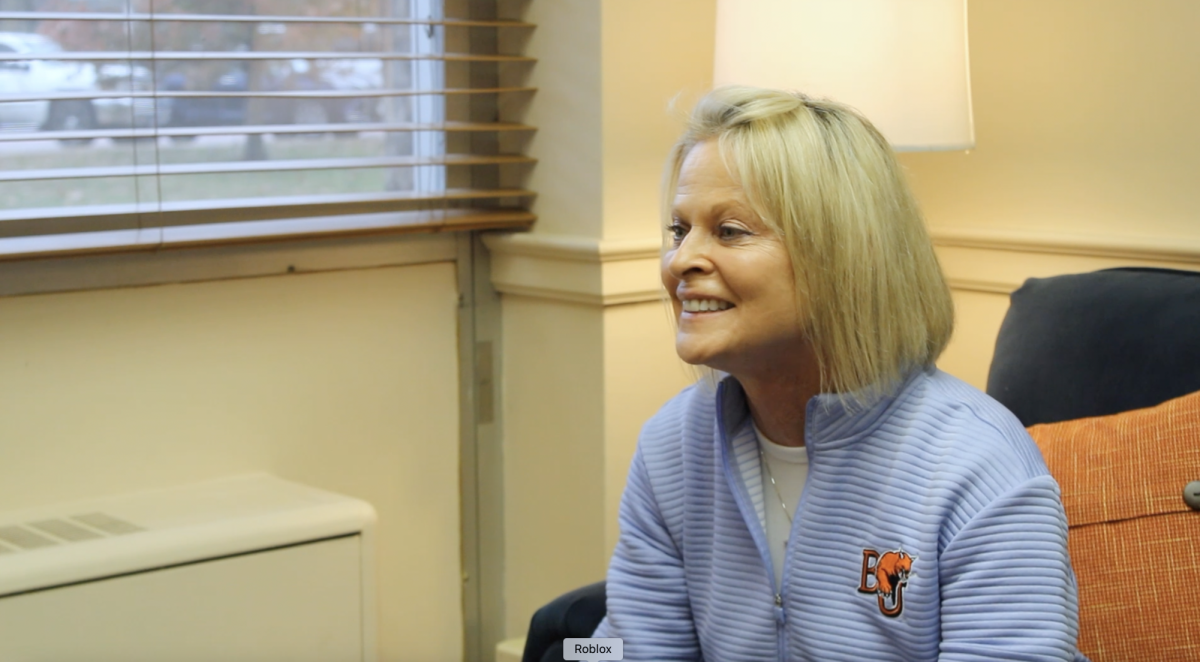Senior Will Duncan is glad that none of his classes this semester have implemented the new grading scale.
“I know that I can’t get an A+ so there isn’t a whole lot of motivation for me anyway,” Duncan said.
Members of the Baker University Faculty Senate passed the grading scale April 7 after nearly two months of discussion and debate.
The grading scale motion originally came from the Educational Programs and Curriculum Committee on faculty senate.Members of the committee proposed a new grading scale in February to be implemented at Baker, which would be a plus/minus scale and could affect the overall grade point average of the university.
With this new grading scale, an A, which could be considered a 93-100 percent, would reflect a 4.0 on a student’s transcript for that course. An A-, which is typically a 90-92 percent grade, would reflect a 3.67 on the transcript.
The decision on whether to implement the grading scale into the classroom is at the discretion of each instructor.
“I think the campus is kind of apathetic now that it’s happened,” Duncan said. “ And I don’t think that students in general feel like they have a way of recourse to change at all.”
While some professors across campus have chosen to implement the new scale, university registrar Ruth Miller says the university will not know how many professors are using the scale until grades are due.
“It’s up to the individual instructor to use it or not use it, and of course they would put that in their syllabi,” Miller said. “But that’s not something they have to report to the registrars office, whether or not they are using it.”
While some students might be opposed to the new grading scale, Duncan believes those that will not be as affected by it are the new freshmen.
“I think it’s good that (some of) the entry level classes are doing it,” Duncan said. “I think it’s probably mixed. Some students like it and some students are opposed.”
Because professors did not have to notify the registrar’s office of their decision to either use the plus/minus grading scale or not use it, Miller said her office will not know how many faculty on campus are using it until later this semester.
“It will be an option when it comes time for grading,” Miller said. “Of course, then it will be an option for them to choose an A, an A-, a B, a B-, etc.”







